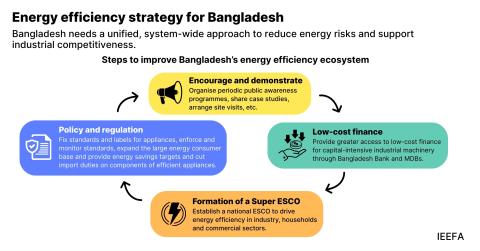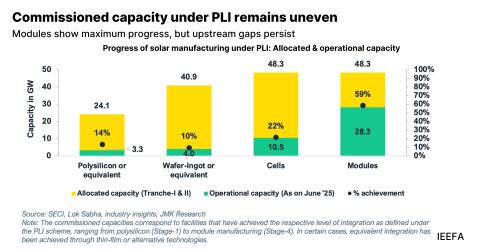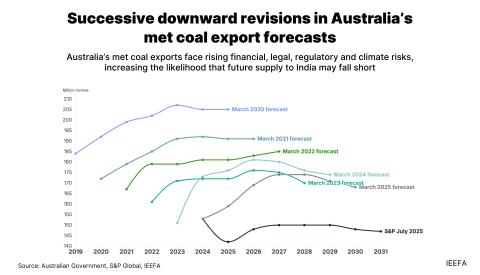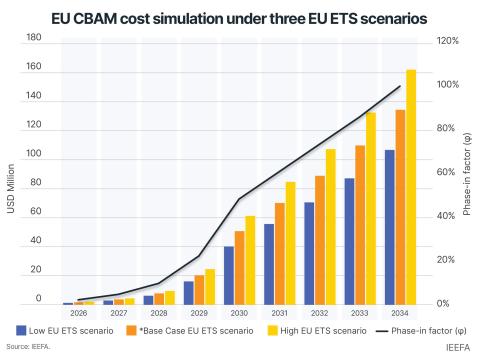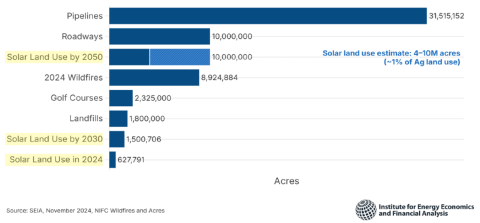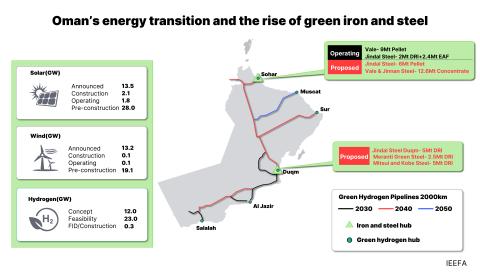Sustainability-linked bonds: Why Europe can reignite the market
Download Full Report
View Press Release
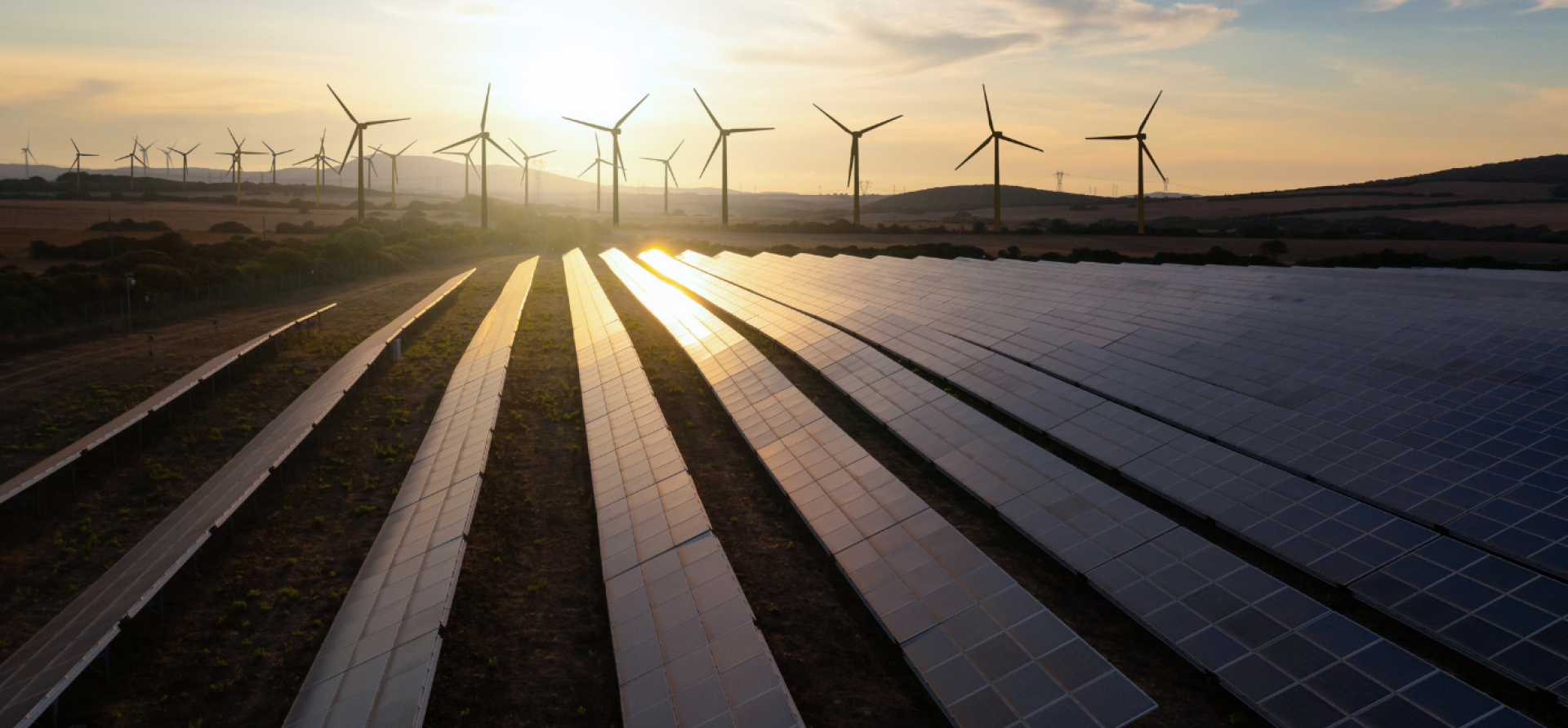
Key Findings
Sustainability-linked bonds (SLBs) are an innovative tool for issuers to incentivise decarbonisation and for investors to navigate climate-related risks. Europe holds the key to reviving the market.
While the SLB market is at an early stage of development, major European corporates, sovereigns and financial institutions are well equipped to drive its growth and unlock new portfolio opportunities.
As investors assess SLB deals more closely, the market can evolve with more nuanced structures that better reflect issuers’ varied transition plans.
Slovenia’s watershed SLB issuance may encourage other European countries to explore SLBs as a complementary tool to their green bond programmes.
Executive Summary
The sustainability-linked bond (SLB) market experienced a continued slowdown in the first half of 2025, reflecting growing scrutiny over the credibility of transition finance strategies and market design and pricing. In IEEFA’s view, despite the setbacks, SLBs are still a useful tool for issuers to incentivise decarbonisation and for investors to navigate climate-related risks. Europe – the centre of SLB innovation – holds the key to reviving the market.
Unlocking the potential of SLBs will require a broader and more diversified issuer base, more rigorous target setting and the use of more innovative financial structures. Many major European sovereigns, corporates and financial institutions are still absent from the market, but they are well equipped to enter and foster credible market development.
The leading SLB issuer, Enel, remains committed to the structure, despite its 2023 target miss. While the company is firmly back on its decarbonisation pathway, it could potentially use more ambitious SLB structures, which would not only benefit its reputation but could also lead the market’s development.
Italy, the largest SLB market by issuance volume, reveals diverging levels of corporate climate ambitions. For example, gas transmission and storage operator Snam does not report emissions from transported gas. As such, SLB targets often differ in terms of coverage, highlighting the importance for investors to scrutinise each structure on a deal-by-deal basis. As investors become more efficient in incorporating these assessments, the market will mature and feature more nuanced structures.
Notably, Slovenia's recent sovereign SLB debut marks a watershed moment for the SLB market. The €1 billion 10-year note achieved a book size of €6.5 billion, setting the foundation for sovereign SLBs as an asset class. Crucially, this issuance embeds national climate targets into sovereign finance. Other European sovereigns should contemplate SLB issuances, which would add credibility to their climate policies, in line with Paris-aligned goals. This would serve as an important catalyst for overall market growth, led by issuers across different issuer types, sectors and stages of their transition plans. Germany, which pioneered a twin green bond programme, could take a similar approach for SLBs.
IEEFA believes the combined sustainability-linked use-of-proceeds structure has the potential to be impactful and help spur an SLB revival. It presents an opportunity for established green bond investors – especially those not yet active in the SLB market – to enhance the accountability of the proceeds’ impact and the contribution of those proceeds to the issuer’s overall transition plan.
These developments could foster market liquidity and price benchmarking capabilities. Over time, nuanced SLB structures could help investors manage climate-related credit risks while offering issuers a way to signal the credibility of their transition plans and potential pricing benefits.




